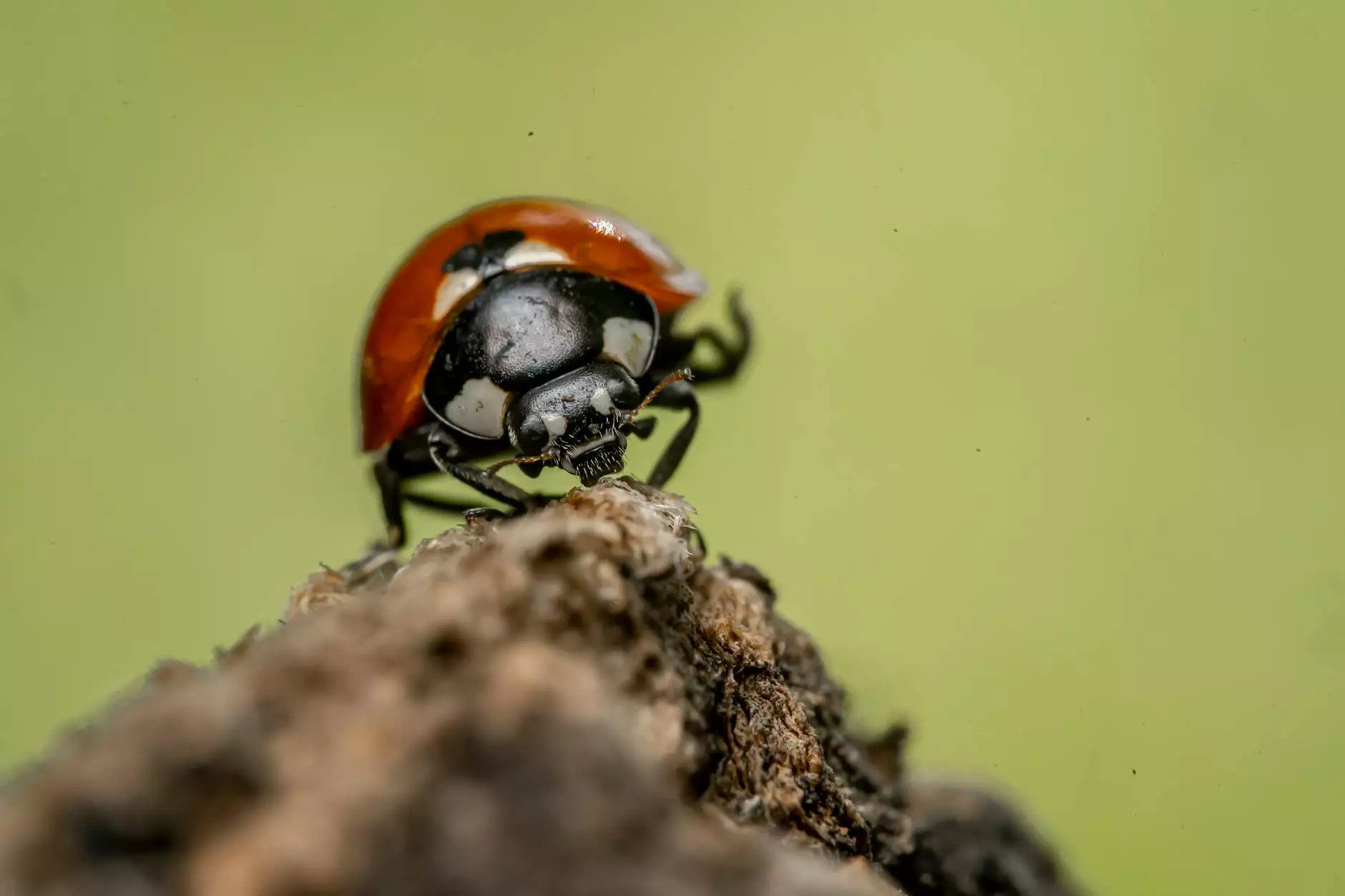Pest Exclusion for Solar Panels: Essential Guide to Protection and Maintenance

As the world pivots towards sustainable energy, the installation of solar panels has become increasingly popular among homeowners and businesses alike. However, amidst the excitement of utilizing renewable energy, many ignore an important concern: pest exclusion for solar panels. This article dives deep into the significance of pest management, how pests affect solar panel performance, and effective pest exclusion strategies to ensure your solar panels remain efficient and durable.
Understanding the Impact of Pests on Solar Panels
Pests can pose significant threats to the effectiveness and longevity of solar panels. Various pests, including birds, rodents, and insects, can infiltrate solar panel systems and cause damage. Here are a few ways these pests can adversely affect solar panels:
- Physical Damage: Squirrels and rodents often chew on wiring and other components, potentially causing electrical failures.
- Debris Accumulation: Bird droppings and nesting materials can obstruct sunlight, reducing the panels' overall efficiency.
- Corrosion: Certain pests may introduce moisture and bacteria that lead to corrosion and other severe damage over time.
Why Pest Exclusion is Crucial for Solar Maintenance
Implementing pest exclusion strategies is essential not only for protecting your solar panels but also for optimizing their performance. Here are several reasons why pest exclusion is a must:
1. Improved Efficiency
Solar panels are designed to maximize sunlight absorption. Any obstruction, such as nests or droppings, can impede their ability to generate energy. Keeping pests at bay ensures that your panels operate at peak efficiency, providing optimal energy production.
2. Enhanced Longevity
By preventing pest-related damage, you extend the lifespan of your solar panels. Routine maintenance and pest exclusion can save you from unexpected repair costs and the expense of panel replacements.
3. Cost Savings
Although pest exclusion may require an initial investment, the long-term savings in maintenance, energy costs, and repair expenses are significant. Reducing or eliminating damage caused by pests translates to lower costs over the life of the solar system.
Effective Pest Exclusion Strategies for Solar Panels
Now that we understand the importance of pest exclusion, let's explore how to implement effective pest management strategies around your solar panels:
1. Regular Inspections
Conduct regular inspections of your solar panel system and the surrounding areas. Look for signs of pest infestation such as:
- Bird droppings
- Nesting materials
- Chewed or frayed wires
- Visible pests or signs of activity
2. Installing Physical Barriers
Installing protective barriers can be an effective way to prevent pests from accessing your solar panels. Some options include:
- Netting: Bird netting can prevent birds from nesting on or around the panels.
- Rodent Guards: Install mesh or metal barriers around wiring and conduits to stop rodents from chewing.
- Inclined Roof Design: If possible, adjust your roof design to make nesting areas less appealing to birds.
3. Employing Professional Pest Exclusion Services
Sometimes, professional help is the best option. WashMeSolar offers expert pest exclusion services tailored specifically for solar panel systems. Their services include:
- Comprehensive site assessments to identify potential pest problems
- Installation of custom pest barriers
- Regular follow-up inspections to ensure continued protection
4. Cleanliness and Maintenance
Keeping the area around your solar panels clean can significantly reduce pest attraction. Ensure that:
- Debris, such as leaves and branches, is removed regularly
- Food sources, such as pet food and trash, are not accessible
- Vegetation around the solar panels is trimmed to avoid creating habitats for pests
Signs of Pest Infestation in Solar Panel Areas
Identifying pests early is crucial. Here are common signs of pest infestation around solar panels:
- Nests: Look for visible nests beneath or within the solar panels, especially in spring and summer.
- Droppings: Bird droppings and other pest droppings can be a clear indication of pest activity.
- Chewing Marks: Signs of chewing on wires or edges of the panels can indicate rodent presence.
- Noises: Scratching or scurrying sounds can suggest the presence of rodents.
Long-term Benefits of Pest Exclusion for Solar Panels
Investing in pest exclusion for solar panels not only mitigates immediate concerns but also provides long-term benefits. These include:
1. Sustainable Energy Generation
By ensuring your solar panels are free from pest interference, you contribute to a more sustainable energy future. Efficient panels can produce more clean energy, benefiting the environment.
2. Increased Property Value
Homes and businesses equipped with well-maintained solar panel systems typically see an increase in property value. Effective pest exclusion enhances the overall quality of your solar installation.
3. Peace of Mind
Knowing that your solar panels are protected from pests gives you peace of mind. You can focus on enjoying the benefits of solar energy without worrying about pest-related issues.
Conclusion
In conclusion, pest exclusion for solar panels is a vital aspect of solar panel maintenance and efficiency. With effective strategies and regular care, you can prevent pest infestations, ensuring that your solar systems operate smoothly and efficiently for years to come. Don't hesitate to reach out to WashMeSolar for professional cleaning and pest exclusion services tailored to your needs.
By taking the necessary steps to protect your investment, you're not only safeguarding your solar panels but also contributing towards a greener, more sustainable future. Ensure your solar energy system remains a productive asset by prioritizing pest exclusion today!








